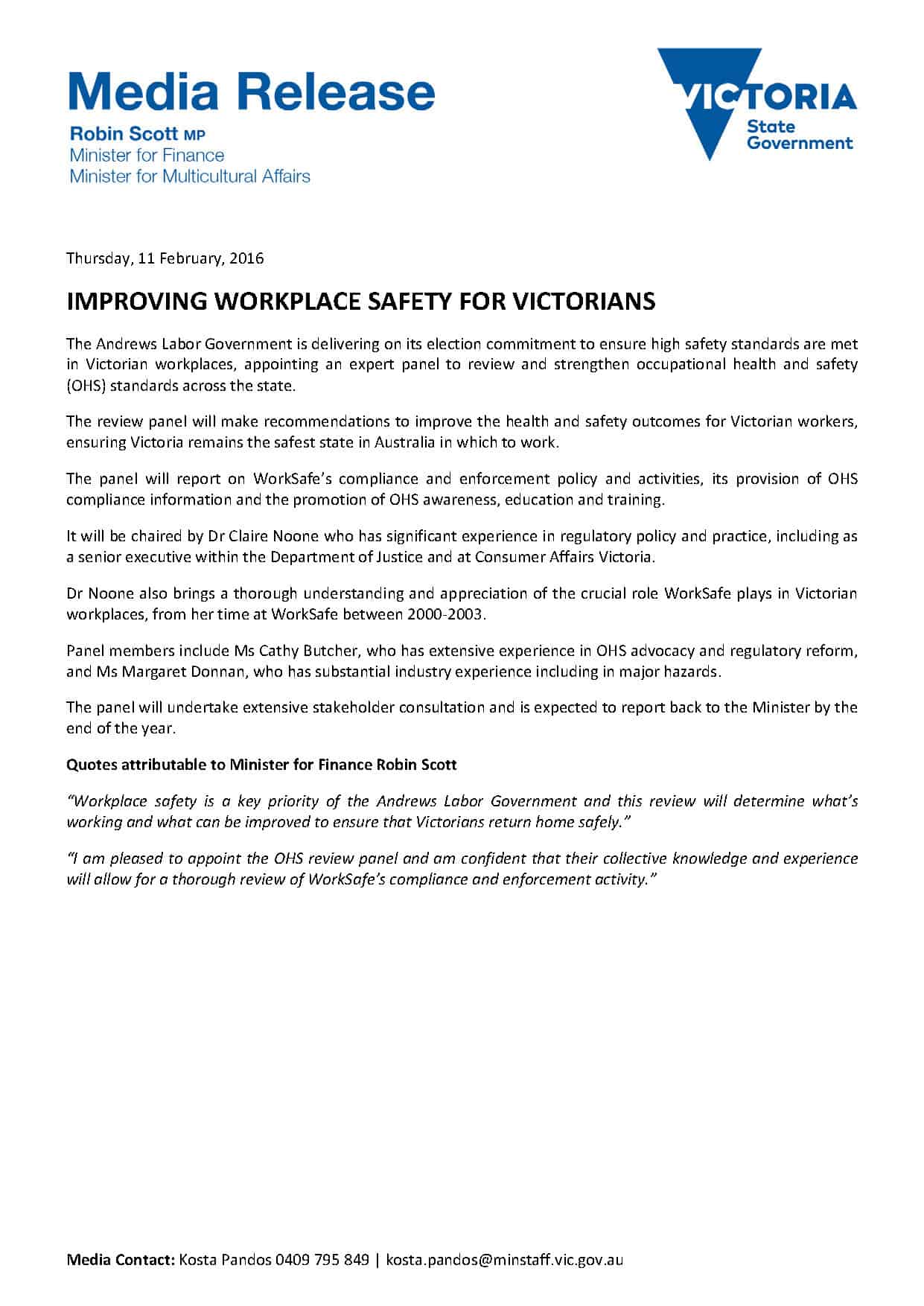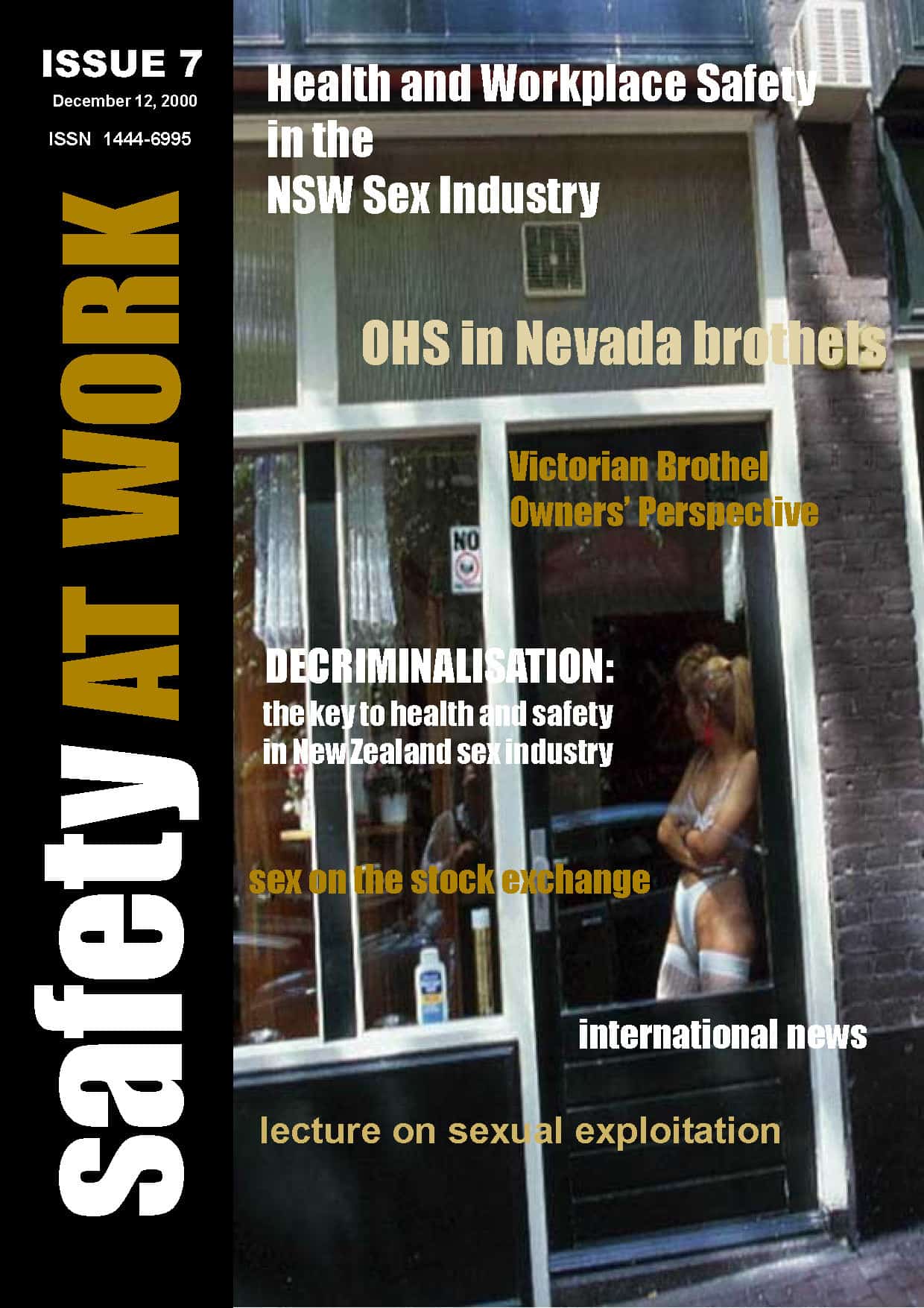Already a member? Log in here
Category: consultation
Safety is the first agenda item but the last consideration
It is a common business activity to include Safety as an agenda item in all meetings. This is intended to show that a company sees Safety as an integral component of all business decisions. But such an action can also be used to dismiss Safety by those who do not see it as related to production or the production program.
Some years ago I was an occupational health and safety (OHS) adviser for a client on a construction project. The project had Safety as the first item of business on the weekly progress meeting. I was invited to attend and contribute. The Project Manager opened the meeting, asked if anyone had a “Safety Share”, and then advised that the project had had no incidents in the previous week.
If you build it, they will come
 The Safety Institute of Australia (SIA) continues to rebuild its reputation and its credibility. In February 2016 it released a draft Strategic Planning Framework and is seeking public comment. (Consultation closes on March 25) A major difference in this approach is that the SIA is encouraging this draft plan to be distributed widely, outside of the SIA’s membership and is seeking comments from non-members. The SIA has never been known for its transparency and this new openness is to be applauded.
The Safety Institute of Australia (SIA) continues to rebuild its reputation and its credibility. In February 2016 it released a draft Strategic Planning Framework and is seeking public comment. (Consultation closes on March 25) A major difference in this approach is that the SIA is encouraging this draft plan to be distributed widely, outside of the SIA’s membership and is seeking comments from non-members. The SIA has never been known for its transparency and this new openness is to be applauded.
Interested parties are encouraged to provide the SIA with as much feedback as possible on the draft framework. Continue reading “If you build it, they will come”
Victoria announces a new OHS review
 On 11 February 2016, the Victorian Government announced a review into occupational health and safety (OHS) but you would hardly have noticed. The media release gained little attention in any of the mainstream press and yet its terms of reference are quite broad. It will be interesting to see how the review panel sets its agenda.
On 11 February 2016, the Victorian Government announced a review into occupational health and safety (OHS) but you would hardly have noticed. The media release gained little attention in any of the mainstream press and yet its terms of reference are quite broad. It will be interesting to see how the review panel sets its agenda.
But, hang on, wasn’t there already some sort of review into WorkSafe Victoria?
Just Culture and Restorative Justice
Sometimes it is better to read Sidney Dekker than listen to him. His presentation style is lively but his research and thoughts deserve more measured analysis than a conference or seminar presentation allows. A recent research paper, “‘Just culture:’ Improving safety by achieving substantive, procedural and restorative justice“, shows the advantage of reading over watching.
Sex Work regulations review safety obligations

Consumer Affairs Victoria (CAV) is seeking public comment on some proposed revisions of the Sex Work Regulations. Several revisions specifically address workplace safety issues but also indicate out-of-date thinking on worker safety and safety management.
Victoria licences its brothels and, as such, the occupational health and safety (OHS) laws apply as they do to all workplaces. However, the regulators of the sex industry seem to perceive OHS usually in terms of sexual health and hygiene even though statistics have shown that these issues are low risk hazards. This perception has lasted well over a decade as this 2000 article from National Safety magazine shows. Continue reading “Sex Work regulations review safety obligations”
Can OHS achieve change in a neoliberal world?
The operation of the European Union is a mystery to everyone outside the EU and to most people in the EU. Any organisation that juggles the legislation of over 20 countries has a thankless task but some of the work being undertaken by occupational health and safety (OHS) advocates provides a clarity on power relationships between employers and workers. I never tire of reading articles and editorials by Laurent Vogel of the European Trade Union Institute. Below is an excerpt from his editorial in the Autumn-Winter 2015 edition of HesaMag: Continue reading “Can OHS achieve change in a neoliberal world?”
